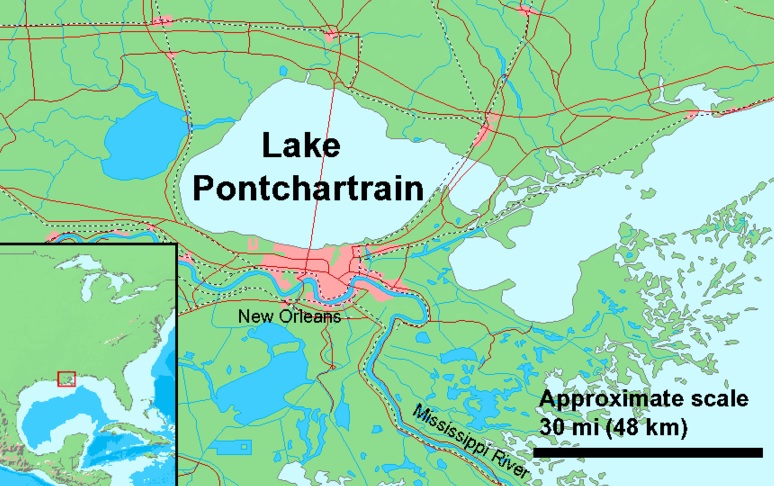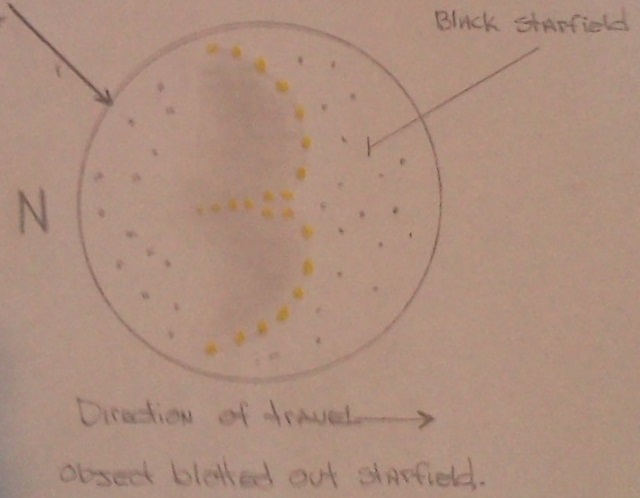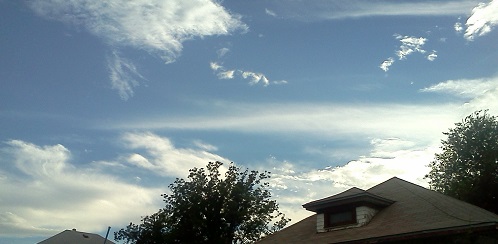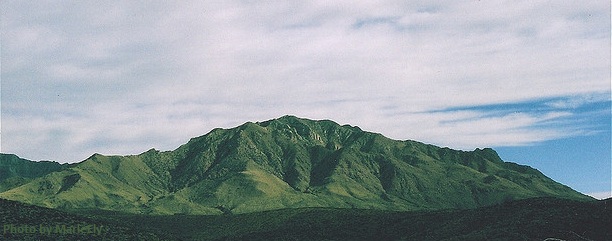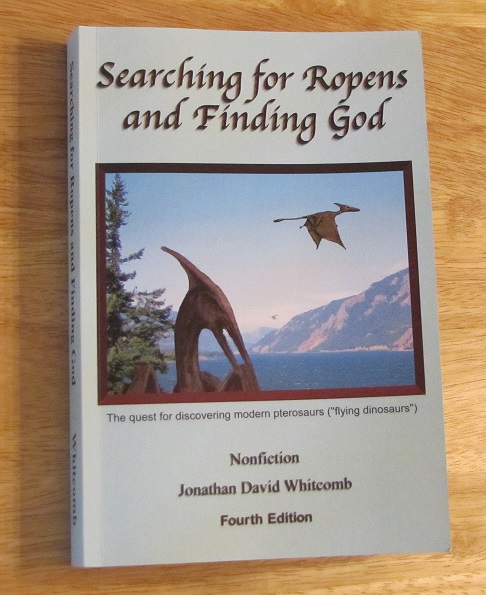By cryptozoology author Jonathan D. Whitcomb
UPDATE: I feel completely confident that all the links on this post (about encounters people have had with apparent modern pterosaurs) have always been secure. With internet safety in mind, and to support safety online, I have updated links on this post to include “https” in those URL’s. You can feel completely at peace in traveling from “Living Pterosaurs in Louisiana” to other online pages.
Introduction
For those new to this blog, I need to explain why I call myself a “living pterosaur expert,” a strange title. From 2003 to the present (late 2017), I have spent over 10,000 hours on this narrow branch of cryptozoology: investigating eyewitness reports of apparent non-extinct “pterodactyls.” I don’t know of any other person who has spent over 10,000 hours on this subject, so I suggest that I am a living-pterosaur expert if anyone is.
I have published four nonfiction cryptozoology books on these flying creatures, in nine total editions. My scientific paper on these animals was peer-reviewed and published in a journal of science (“Reports of Living Pterosaurs in the Southwest Pacific”). In addition, I have received reports from persons on every continent except Antarctica, and most of those were from the eyewitnesses themselves rather than from second-hand or third-hand accounts.
.
Lake Pontchartrain, just north of New Orleans
.
Apparent Pterosaur in Louisiana
Last night, I got a phone call from a Ryan Causey, who had a sighting in 1994 in southern Louisiana. The flying creature was seen late at night as it flew over the Lake Pontchartrain Causeway bridge, which is just north of Metairie. At first, the man got the impression that it was a huge evil black bird, but he eventually came to recognize that he had witnessed a living pterosaur. Bryan found me through one or more of my blog posts or web pages.
The apparent long-tailed ropen flew only about 20 feet above the bridge, as Ryan was standing by his car, which had broken down. The flying creature was only about 200 feet away when the man saw the thing. He estimated the size (probably he was referring to wingspan) as at least 15-20 feet.
When he told me that it had a pointy head, I thought of many other reported sightings of pterosaurs: a horn-like or cone-like head crest is often reported. The overall appearance suggested something like shiny leather.
Email from Ryan Causey:
Jonathan, I see that you do research on this subject. I broke down in a van on the bridge to New Orleans in 1994 when I saw and a enormous creature flying not too far away from me but taking up more than half the size of the interstate. I was facing south and it flew from the west to the east over the bridge. I’d like to tell you little bit more about it I really couldn’t believe my eyes but all these years I know it to be true in my heart . . .
Other Pterosaur Sightings in Louisiana
Three other encounters have been reported to me from Louisiana, over the years: one in Slidell (October of 2013) and another in New Llano (western side of the state). I wrote about the encounter in New Llano in my nonfiction cryptozoology book Searching for Ropens and Finding God (fourth edition) on page 215. Another sighting was in Louisiana but the eyewitness said nothing about what part of the state. The person did mention “leathery wings” and a “spade/diamond” shape on the tail.
.
Popularity of this “Live Pterosaur” Blog
Since its first post was published online in 2009, this blog has received over 360,000 visits, most of which were from people in the following countries:
- United States
- France
- United Kingdom
- China
- Canada
- Poland
- Russian Federation
- Israel
- Ukraine
- Germany
- European Union
- Netherlands
- Australia
- Sweden
- India
- Indonesia
- Republic of Korea
- Norway
- Brazil
- Romania
- Philippines
- New Zealand
###
.
Pterosaur Sighting in Slidell, Louisiana
Reported directly to the living-pterosaur expert Jonathan Whitcomb: “On October 10, 2013, I received a phone call from a lady in Slidell, Louisiana. She had seen a flying creature just two hours earlier, a frightening experience, and had received no help from the police or the Wildlife-Fisheries.”
.
Eyewitness Reports of Living Pterosaurs
Some of the countries in which modern pterosaurs have been reported include (but are not limited to) the following:
- United States of America
- Kenya
- Namibia
- Sudan
- Australia
- Canada
- Cuba
- England
- Malasia
- Mexico
- Netherlands
- Panama
- Papua New Guinea
.
Please be aware that a sighting in the day does not mean that what was observed must be a creature normally out in daylight. It may have been frightened out of sleep during the day. It may be a nocturnal creature that was out on that one day.
.
By the modern pterosaur expert Jonathan David Whitcomb
.
Apparent pterosaurs in the USA
Sightings in California, Washington (state), Wisconsin, New York, Ohio, Kansas, Texas, and Florida
.
These nonfiction cryptozoology books were not written specifically for an LDS audience, but the author is a faithful member of The Church of Jesus Christ of Latter-day Saints: These books can be understood and enjoyed by LDS readers.
.
The type with a long tail are called ropen, the name some of the villagers of Umboi, Papua New Guinea, call the nocturnal flying creature of their island.
.
Since his expedition in Papua New Guinea in 2004, Whitcomb has received many emails and occasional phone calls from ordinary persons who have seen extraordinary animals: apparent pterosaurs.
.



